urumomo
Well-Known Member
- Joined
- Mar 18, 2013
- Messages
- 7,574
yeah , saw that .
no info on the actual jack stands
yeah , saw that .
there is a big fat photo of it in that missinglynx page you linkedThe vehicle must have carried a jack of some sort,
Manyhow many more ideas do you have??
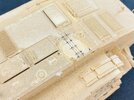
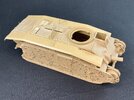
haha true. sorry I missed that. lol too focused on the sticks themselves I guess.there is a big fat photo of it in that missinglynx page you linked
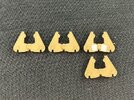

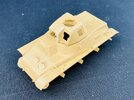
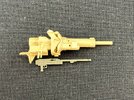
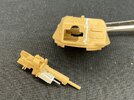
I don't think a Besa would fit inside that, because it's a pretty wide weapon with large protective plates alongside the barrel at the front of the receiver
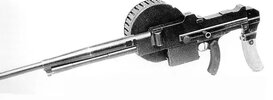
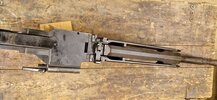
I explained that:—
The MAC 1931, that the housing on the H39 is designed for, is a very slender gun forward of the receiver:
But the Besa is wide:
It has those guards, or whatever they're supposed to be (supports for the forward end of the barrel, I think), along about half the barrel. What's more, those are not removable — they're an integral part of the receiver, for some reason.
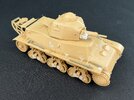

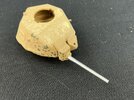
Who is it keeps reprimanding me for doing things the hard way? Your whole build is the hard way!That only just worked
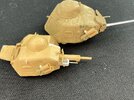
Nice! When I built my universal carrier I did the same thing. I was so surprised to learn about them...cutting down Lee-Enfield rifles
